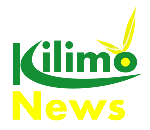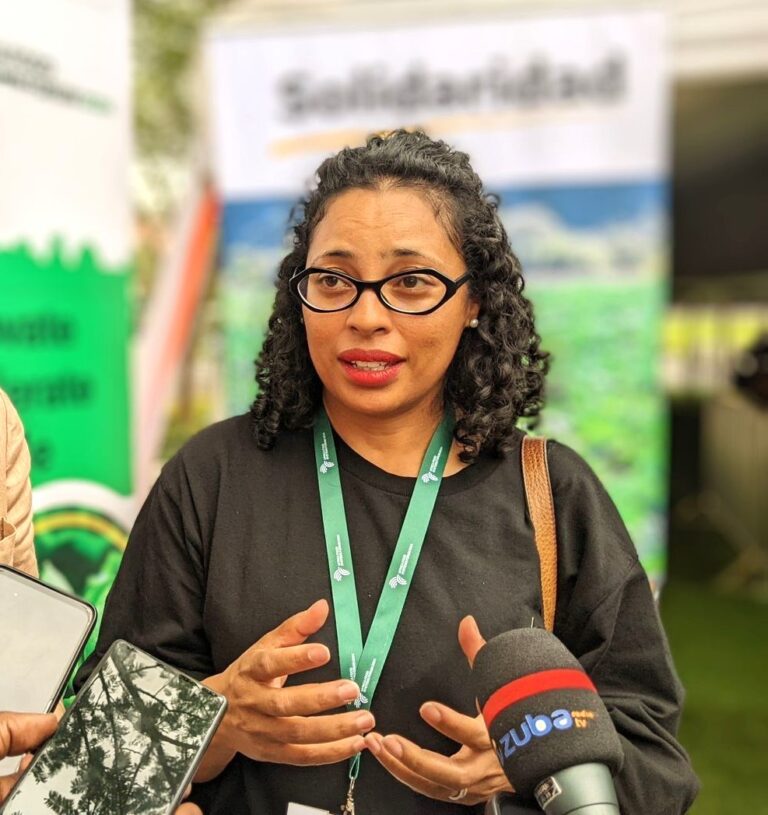By Kimuri Mwangi
Cotton farmers in Zambia are set to benefit from a Harmonized Cotton Extension Manual, an innovative tool designed to address the challenges small-scale cotton farmers face due to fragmented and inconsistent extension services.
The manual was launched by Solidaridad, in partnership with the Cotton Development Trust, and the Cotton Board of Zambia. This ground-breaking initiative is a key component of the RECLAIM Sustainability! (RS!) Cotton and P2P Cotton Project, spearheaded by Solidaridad.
The manual, developed collaboratively by a team of technical experts under the Cotton Multi-Stakeholder Platform (MSP), standardizes extension guidelines and practices for extension officers and lead farmers. It also incorporates a companion Farmer Guide to ensure accessibility and applicability for farmers across Zambia’s cotton production areas. The farmer guide is drafted in layman’s terms for easy understanding of practical good agricultural practices.
“For years, the cotton sector has grappled with inconsistent messaging, which has hindered farmers from reaching their full potential. The Harmonized Cotton Extension Manual addresses this by providing unified, evidence-based guidance that will undoubtedly enhance productivity and sustainability across Zambia’s cotton landscape,” said Pamidzai Bota, Solidaridad’s Regional Programme Manager for RS! Cotton and Textile.
The cotton sector in Zambia, which supports over 220,000 smallholder farmers, plays a vital role in the country’s economy. Despite its potential, many farmers achieve yields far below optimal levels due to poor farming practices and limited access to quality support services.

“This manual is more than a document; it is a bridge connecting knowledge to action. By harmonizing extension practices, we ensure that all farmers, regardless of their location, have access to consistent and effective guidance. This is a pivotal moment for Zambia’s cotton sector,” said Humprey Nxumalo, Head of Programmes, Solidaridad Southern Africa.
The Cotton Development Trust, a critical partner in this initiative, reiterated its commitment to empowering farmers through the development of cotton farming technologies as well as providing extensions to increase their productivity.
Lwisya Silwimba, the Director of the Cotton Development Trust, remarked: “This collaborative effort showcases the strength of partnerships in driving sector-wide improvements. The manual’s standardized approach ensures that extension officers and farmers alike are equipped with the tools and knowledge to transform Zambia’s cotton sector.”
Sunduzwayo Banda, Chief Executive Officer of the Cotton Board of Zambia, noted that despite production challenges, cotton is steadily gaining momentum in Zambia. “During the recent Cotton Day celebrations, we saw over 2,020 participants join us to celebrate the occasion. The book being launched today is designed with the farmer at its core. It simplifies processes step-by-step, from zero to 100, to minimize confusion and make things easier for our farmers,” he explained.
Dr Chizumba Shepande, Director at the Department of Agriculture, Ministry of Agriculture in Zambia, described the launch of the Harmonized Extension Manual and Farmer’s Cotton Guide as “a significant milestone in Zambia’s cotton sector.” He added that cotton is not just a crop, but a livelihood for thousands of families and a pillar of the nation’s rural economies.
“By adopting the methods and practices outlined in this manual and guide, we can achieve higher yields, doubling and even tripling productivity through improved agronomic practices. [We can also achieve] enhanced quality – producing cotton that meets international standards, thereby increasing market competitiveness [and] sustainability – promoting environmentally friendly practices that preserve our soil and ecosystems for future generations,” concluded Dr Shepande.
The launch event in Lusaka was attended by key stakeholders from the agricultural sector, including government officials, private sector representatives, and farmer leaders. Demonstrations of the manual’s practical applications were a highlight, illustrating how it will be implemented in the field to improve yields and livelihoods.












